![]()
Nikon Inc. and NASA have entered into a Space Act Agreement to support NASA’s Artemis mission program through the Handheld Universal Lunar Camera (HULC) development. The star of the HULC’s show is the Nikon Z9, the company’s flagship professional mirrorless camera.
The Nikon Z9, as part of the HULC, will be the handheld camera of choice for astronauts on the Moon in the upcoming Artemis III mission. The historic mission will mark humanity’s return to the Moon after more than 50 years and will be the first time anyone steps foot on the Moon’s lunar south pole.
Cameras have long been an integral part of space missions, and Nikon has a rich and storied history working alongside NASA and other space agencies. Nikon cameras have been used in space since the Apollo 15 mission in 1971, the fourth Apollo mission to put people on the Moon.
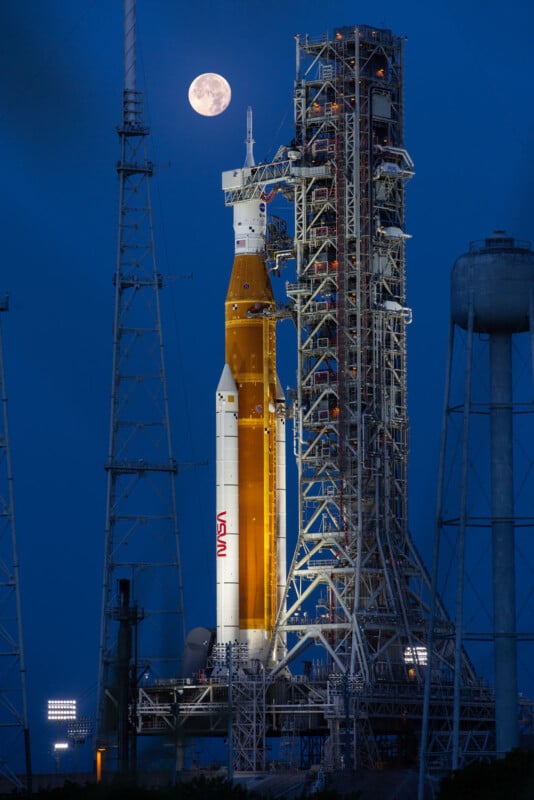
“The opportunity to collaborate with NASA on this endeavor is simply exhilarating yet humbling, as we realize the benefits of this mission have the potential to affect all of mankind in the future,” says Naoki Onozato, President and CEO, Nikon Inc. “… our aim is to best equip the crew as they bravely bring humanity back to the surface of the Moon, and possibly beyond.”
How Nikon Prepares Its Cameras for Space
The Moon is harsh and unforgiving, creating numerous engineering and technological challenges for Nikon and NASA. Cameras on the Moon undergo substantial temperature swings and are under constant attack by cosmic radiation that can damage electrical components.
Nikon’s engineers are working closely with NASA to ensure that the Z9 and HULC are up for the task. Solutions include redesigning various circuits and control sequences inside the camera, ensuring it can survive vast amounts of radiation.
Nikon will also support NASA in its efforts to test the HULC, including with thermal vacuum testing and running simulations on Earth.
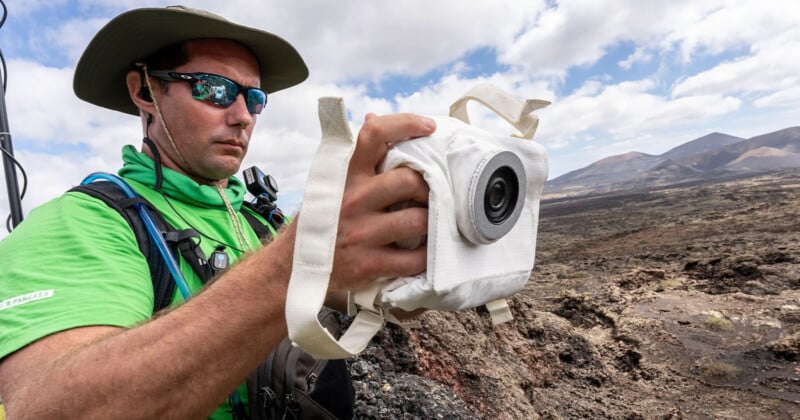
Artemis III astronauts will also use the camera during extravehicular activities (EVAs), like being in space or doing Moonwalks. So astronauts can comfortably and reliably operate the camera with their thick spacesuit gloves, NASA is building a custom camera grip, including typical controls like a shutter release, playback, still/video capture switching, and more. The grip will connect to the Z9 via its 10-pin terminal, which will be powered by specially developed camera firmware.
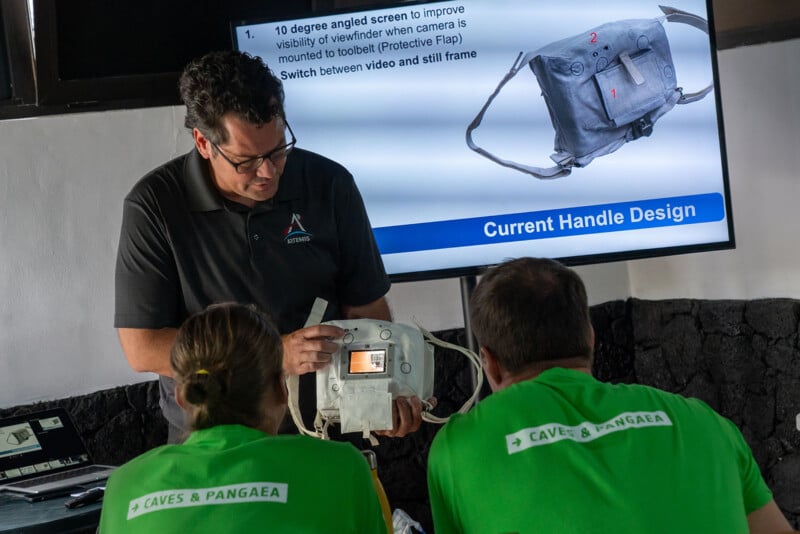
During an EVA is also when the camera is under the greatest threat by environmental hazards, so the camera, lens, and housing will be wrapped in a special “thermal blanket” created by NASA. This is similar to the ones currently used during exterior spacewalks by International Space Station (ISS) astronauts, who Nikon just recently supplied with a huge batch of brand-new Z9 cameras and Nikon Z lenses. Nikon first sent cameras to the ISS in 1999 when it sent Nikon F5 film SLR cameras and Nikkor F-mount lenses.
Like those cameras on the ISS, the Z9 cameras headed to the Moon will be heavily modified to ensure optimal performance. Beyond the different circuitry, Nikon expands the noise reduction to lower shutter speeds to account for the effect cosmic radiation has on image quality, adjusts the file naming sequence, and tweaks default camera settings.
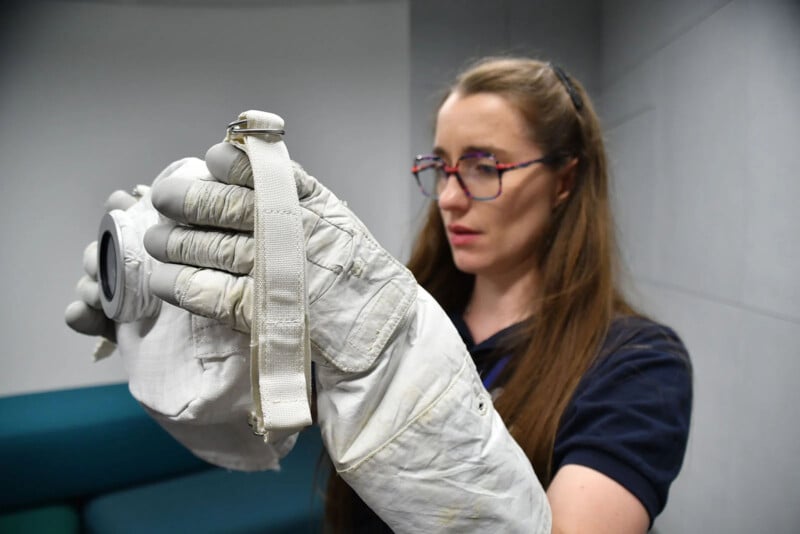
Changes have also been made to the in-camera communication control to account for an astronaut’s workflow. Additional modifications include shutter shield tweaks, enhanced HDR functionality, and modified settings in menus.
The Historic Artemis III Mission
The Artemis III mission will be one of many firsts as humanity makes its return to the Moon for the first time in over 50 years.
While the four-person crew has yet to be named, it will include a woman, and she will be the first woman to ever walk on the Moon.
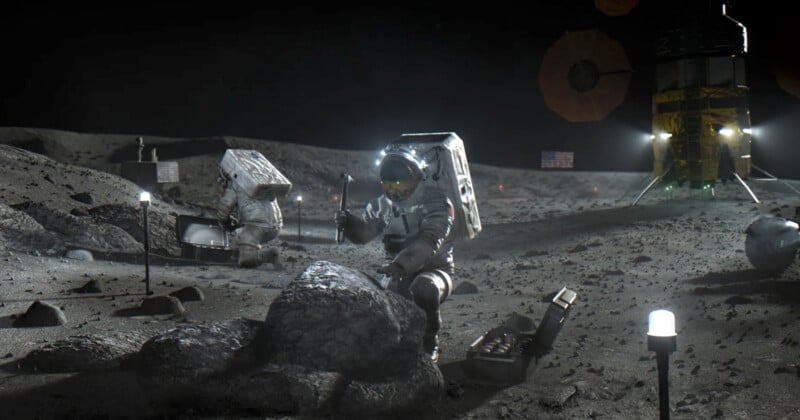
During the 30-day mission, the crew will enter lunar orbit and two astronauts will board the SpaceX Starship Human Landing System lunar module and head to the Moon’s rarely-explored South Pole for approximately a week. There, the astronauts will conduct new science before heading back to the ship to prepare for the 238,900-mile journey back to Earth.
